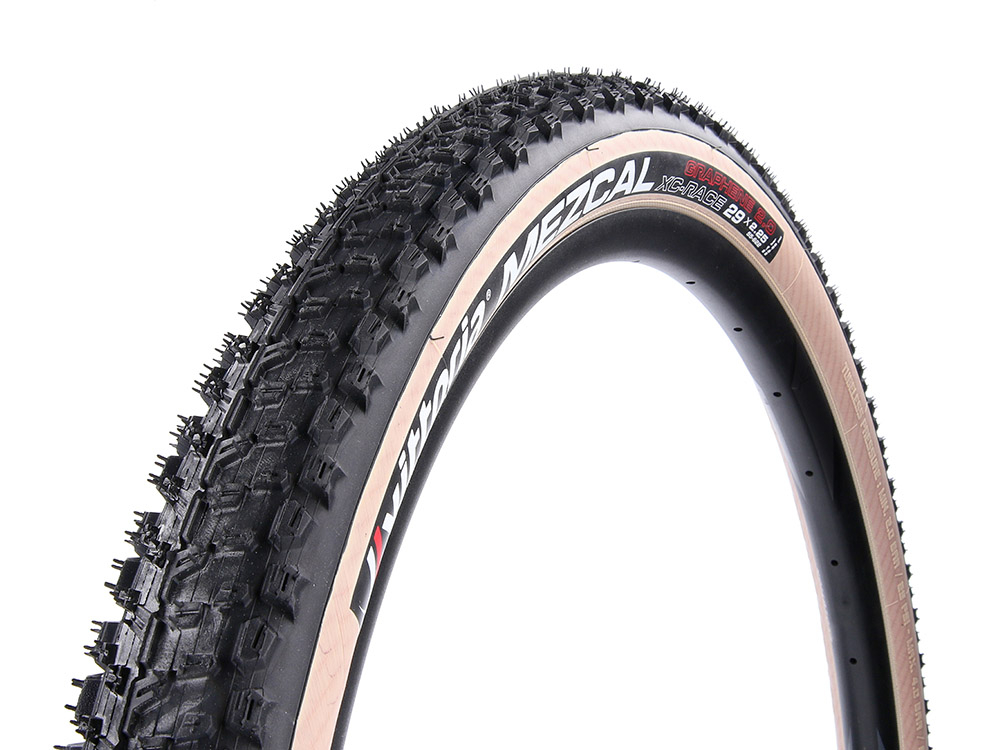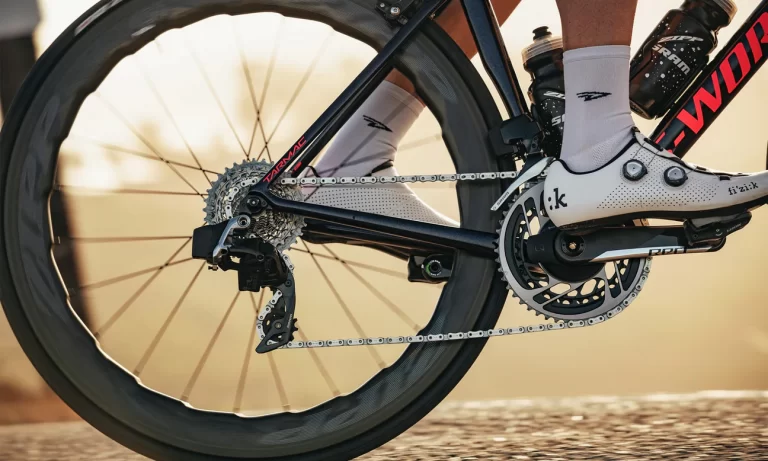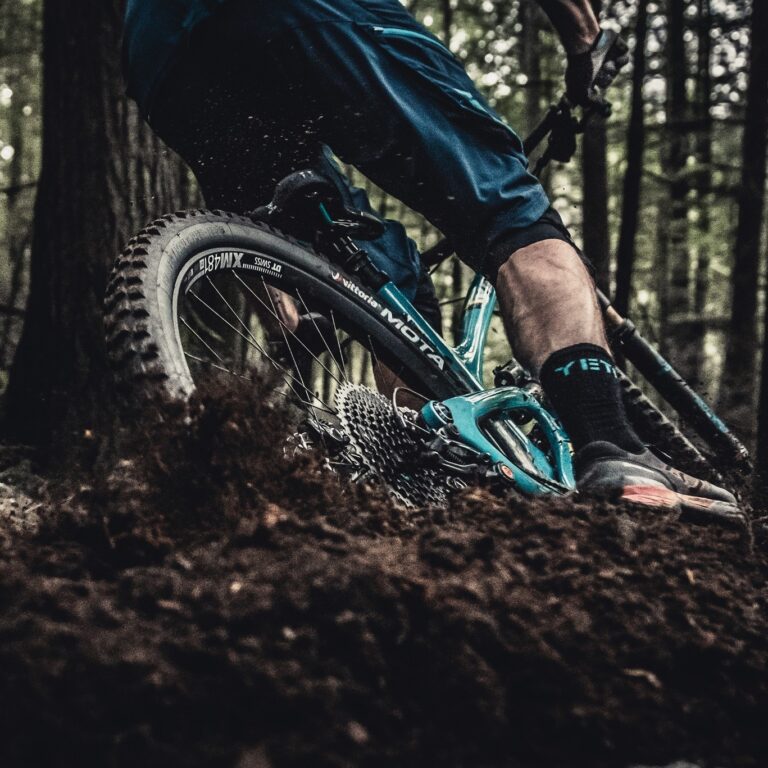Performance in Wet Conditions for Gravel Bike Tires

Key Point Summary of Performance in Wet Conditions for Gravel Bike Tires:
- Tire Tread for Wet Conditions: Choosing tires with deep, spaced-out treads for better mud shedding and grip.
- Importance of Water Evacuation: Tires with effective water evacuation capabilities prevent hydroplaning and maintain traction.
- Tire Width and Pressure: Wider tires at lower pressures increase surface contact for better stability and grip on slippery surfaces.
- Rubber Compound: Soft rubber compounds offer enhanced grip in wet conditions but may wear faster.
Navigating the ever-changing terrain of gravel riding presents a unique set of challenges, especially when conditions turn wet. As someone who has pedaled through the gamut of environments on two wheels, I’ve come to understand the critical role that gravel bike tires play in performance under such conditions. From slick mud to slippery rocks, the right tires can mean the difference between a confident ride and a struggle to stay upright. This article is crafted to guide beginners and mid-level cyclists through optimizing tire choice and setup for superior wet conditions performance, with insights drawn from a broad spectrum of cycling disciplines.
Tire Tread: Your First Line of Defense
In wet conditions, the tread pattern of your gravel bike tires becomes paramount. Tires designed for such conditions often feature deeper and more widely spaced treads. This design allows for mud and debris to be efficiently cleared from the tire, preventing buildup and maintaining traction. The choice of tread pattern can significantly influence how well your tires grip in slippery conditions, with more aggressive treads providing better handling and confidence.
Water Evacuation: Keeping the Grip
The ability of a tire to evacuate water effectively is crucial to prevent hydroplaning, where a layer of water builds up between the tire and the ground, leading to a loss of traction. Tires designed for wet conditions typically feature grooves or channels that direct water away from the main contact area, ensuring that the tire maintains grip even on waterlogged trails.

The Role of Tire Width and Pressure
Wider tires inherently offer a larger contact patch with the ground, which can be beneficial in wet conditions by providing more grip and stability. Running these tires at a slightly lower pressure than you would in dry conditions further increases the contact area, enhancing traction. However, it’s vital to find a balance, as too low a pressure can lead to pinch flats, especially when hitting rocks or roots.
Choosing the Right Rubber Compound
The rubber compound of a tire also plays a crucial role in performance under wet conditions. Softer compounds generally provide better traction on wet and slippery surfaces by conforming more closely to the terrain. However, they may also wear down more quickly than harder compounds. Many gravel tires are designed with a dual-compound rubber, offering a balance between grip, durability, and rolling resistance.

Performance in Wet Conditions for Gravel Bike Tires: In Conclusion
Riding gravel in wet conditions doesn’t have to be a daunting experience. With the right tires, equipped with appropriate tread patterns, water evacuation capabilities, and constructed with suitable widths, pressures, and rubber compounds, cyclists can tackle wet trails with confidence. The best tire setup is one that aligns with your riding style, the typical conditions you face, and provides the right balance of grip, stability, and durability. Embrace the challenge of wet conditions riding, and let your tires be the foundation of your performance and enjoyment on the gravel roads.
Panaracer GravelKing SK. This tire is specifically engineered to handle the demands of gravel riding, including wet and muddy conditions. The GravelKing SK features a tread pattern that combines tightly packed center knobs for efficiency on hard surfaces with more aggressive side knobs for enhanced grip in wet conditions and loose terrain.
The design of the GravelKing SK includes small, siped knobs across the tire, which improve its ability to disperse water and maintain contact with the surface, reducing the risk of slipping on wet roads or trails. Additionally, the tire’s casing is designed to be flexible, allowing for a more considerable deformation over wet rocks and roots, further aiding in traction without compromising on rolling resistance.

Panaracer’s proprietary ZSG (Zero Slip Grip) Natural Compound is used in the GravelKing SK, offering a balance between durability and the ability to grip wet surfaces effectively. This compound, combined with the tire’s water-shedding tread design, makes the GravelKing SK a solid option for riders facing a variety of conditions on their gravel adventures, especially when navigating challenging wet terrain.
FAQ
Are gravel bikes good in the rain?
Yes, gravel bikes perform well in the rain due to their versatile design, wider tires, and effective tread patterns that provide good traction on wet surfaces.
Are gravel bikes good in mud?
Gravel bikes are also good in mud, thanks to their clearance for wider tires with aggressive tread patterns designed to handle muddy conditions without clogging.
Is it safe to ride a bike on wet pavement?
Riding a bike on wet pavement can be safe with caution; use tires with good grip, reduce speed, avoid sharp turns, and brake gently to prevent slipping.
Happy riding!
John






